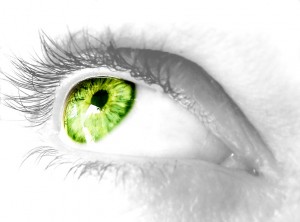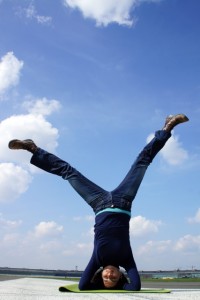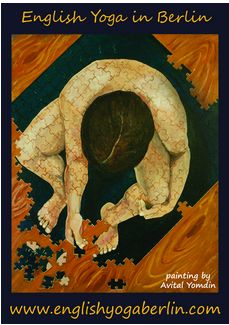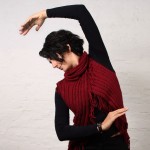Like any other practice, yoga can be quite different depending on two main factors: who is teaching it, and what style is being taught. Of course you want to find a teacher that you like, one you connect to and feel comfortable with. But beyond that its also important to find the style of yoga that best fits your needs.
There are four original types of yoga. It is important to understand the background of the method of yoga you are practicing so that you can decide if it is the best one for you. Because each type of yoga has evolved out of different teaching lineages, the following is a bit of history of Vinyasa Flow Yoga, one of our newest class offerings at English Yoga Berlin.
Vinyasa Background
Vinyasa Flow Yoga was born out of the Ashtanga lineage. The Ashtanga school was developed by a yogi named Sri Krishnamacharya, who taught it to Patthabi Jois. Jois taught in Mysore, India in the first half of the 20th century. Ashtanga has since been popularized in the West by his students.
Ashtanga yoga was taught by Jois as moving meditation. He believed that the movements between each asana should be considered just as important as the postures themselves. The idea behind this is to deepen concentration and body consciousness through the entire practice. Rather than focusing on “getting into the posture” and then breathing, in Vinyasa, we try to keep the deep breathing and correct alignment consistent throughout all movement during the class.
Ashtanga Yoga prescribes a specific sequence of postures (known as the Primary Series), done in a very specific way – each posture is held for 5 complete breaths and the transition between postures should take no more than 1 breath.
You can practice Ashtanga anywhere and anytime, as long as you know this series. You can also join us for our new Vinyasa Flow Yoga class at 8pm on Thursdays at our new studio in Kreuzberg.














